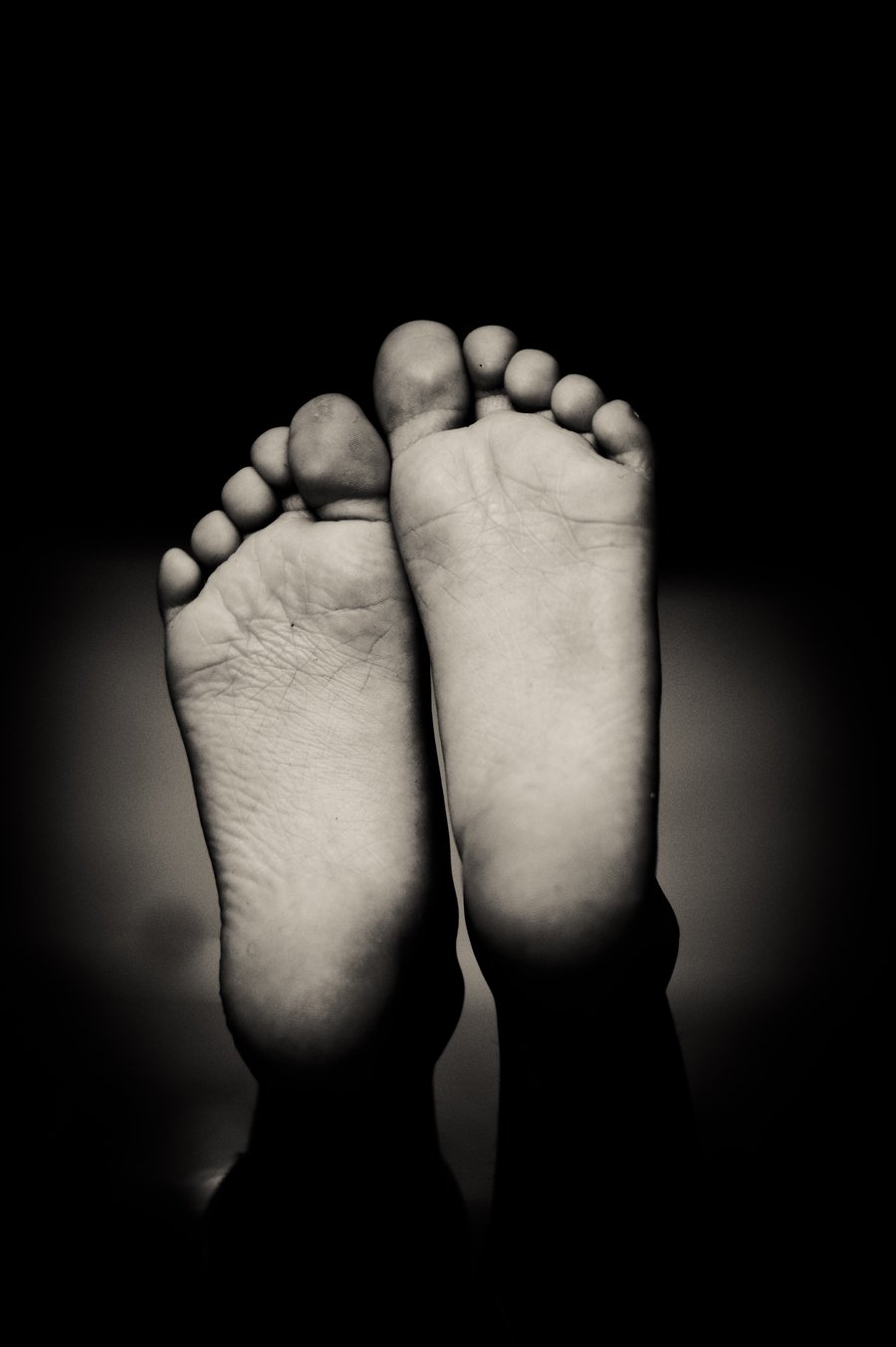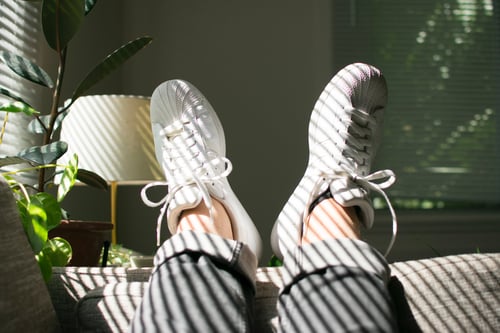
Over time, your body begins to show the effects of aging. Skin sags, wrinkles form and age spots may appear. Your feet and ankles are not immune to aging, either. Aging certainly affects the way your feet and ankles look, but more importantly, aging feet and ankles may not function as they did when you were younger. This process doesn’t happen overnight, but gradually. You may not notice the signs of aging feet and ankles, but your podiatrist can. Here are some ways that your feet and ankles change as you age.
Skin Changes
Skin changes in the feet and ankles can impact more than just appearance. Aging skin has slower cell turnover rates and slower collagen production. This ultimately results in thinner skin. Beneath the skin, the fatty layer that cushions the soles and heels of your feet gets thinner, too. This can lead to subtle issues affecting stability, which in turn affects the hips, lower back and knees. The simultaneous wear and tear on your joint cartilage only magnifies the symptoms.
Dry skin is another thing that affects aging feet and ankles. Older folks often have to deal with dry soles, which is relieved with frequent applications of moisturizer. Left untreated, this dry skin can become so severe that it may progress to cracked skin and even bacterial infection. If the person happens to have diabetes, this infection could become even more serious and lead to cellulitis.
Structural Changes
Structural changes in your feet and ankles can be diagnosed by your feet and ankle doctor. One of the ones to look out for is a shortened Achilles tendon. This often results from a lack of water during the aging process. Tendons are connective tissue that attach muscle to bone. They can shrink from lack of water, causing a loss of flexibility. You might notice this if you can’t flex your ankle the way you used to be able to. Stretches can help with a shortened Achilles tendon. Speak to your podiatrist about appropriate stretches for your age group.
A bane of women, hammertoe is seen as an abnormal bend in the joint of one or more toes. This condition is usually caused by ill-fitting shoes, and most often, by narrow-toed high-heeled shoes. Once hammertoe develops, it becomes a permanent disfigurement, causing pain, stiffness, swelling and an inability to wear certain shoes. Hammertoe can be treated. Consult with your podiatrist about your options.
Circulation Problems
Edema is a condition that occurs in the body, but it has an especially harsh effect on ankles and feet. Edema causes a build up of fluids in the lower extremities. This manifests as severe swelling, which leads to pain and problems with walking. Edema is a serious condition that should be treated by both your regular physician and your podiatrist.
Diabetic neuropathy is a condition common to older folks. The symptoms include a pins and needles sensation and loss of feeling in the ankles and feet. Left untreated, diabetic neuropathy can have serious, life-threatening consequences.
Unfortunately, aging affects not only the way we look on the outside but they way our feet and ankles function. With regular appointments with your podiatrist, these symptoms of aging can be managed as best as possible.







